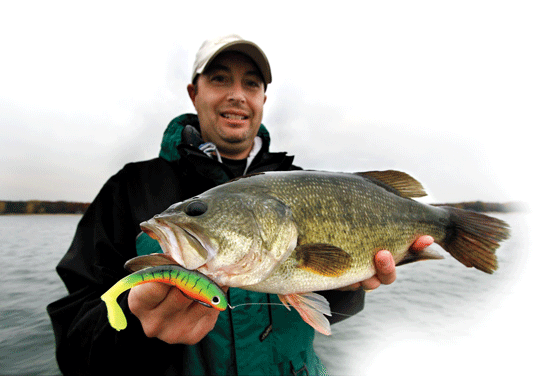Have you ever wondered about the lifespan of largemouth bass? Well, look no further! This article will provide you with all the information you need about how long these elusive creatures can live. From their average lifespan to the factors that can impact their longevity, we will explore the fascinating world of largemouth bass and shed some light on their mysterious lives. So, if you’re curious about how these fish manage to thrive in their underwater habitat, read on to discover the secrets of the largemouth bass’s lifespan.
Life Span of Largemouth Bass
Factors Influencing Life Span
The life span of a largemouth bass is influenced by several factors. Genetics play a role, as some individuals may be genetically predisposed to live longer than others. Environmental conditions also affect their life span, such as water quality, temperature, and availability of prey. Additionally, fishing pressure can impact the longevity of these fish, as overfishing can reduce their population and shorten their life spans.
Typical Life Span
On average, largemouth bass have a life span of around 10 to 16 years in the wild. However, individual bass can live longer or shorter lives depending on various factors. Factors such as habitat quality, availability of food, and predation risk contribute to these variations. It is important to note that the life span of a bass can also be impacted by angling, as catch-and-release practices and fishery management programs aim to maintain a balance between conservation and recreational fishing.
Record-Breaking Bass
While the average life span of a largemouth bass may be in the range of 10 to 16 years, there have been exceptional cases where bass have lived much longer. The current world record for the largest largemouth bass caught by angling stands at 22 pounds, 4 ounces, and was caught in 1932. This bass, known as “George Perry Bass,” lived for an estimated 10 years before it was caught. These record-breaking bass not only showcase the potential longevity of these fish but also reflect the possibility of catching legendary fish that have survived for a significant portion of their lives.
Growth and Development
Early Life Stages
Largemouth bass go through several stages of development during their early life. After hatching from eggs, the young bass, known as fry, rely on their yolk sacs for nourishment. As they grow, they transition to feeding on microscopic organisms found in the water, such as zooplankton. Over time, the fry develop into fingerlings and eventually become young bass, ready to explore their habitat and hunt for larger prey.
Maturation
Maturation in largemouth bass usually occurs around the age of 3 to 4 years, although it can vary depending on environmental conditions. During this stage, female bass typically grow larger than males, reaching reproductive readiness. Male bass develop small breeding tubercles on their heads and fins, which serve as markers of their readiness to mate. Once mature, these bass can actively spawn and contribute to the continuation of their species.
Size and Age Relationship
The growth rate of largemouth bass varies depending on several factors, including food availability, habitat quality, and genetic factors. Generally, largemouth bass grow at an average rate of half a pound to a pound per year. By examining their size, anglers and scientists can estimate the age of a bass. However, it is important to note that factors such as diet, health, and environmental conditions can influence growth rates, resulting in variations in size and age relationships.
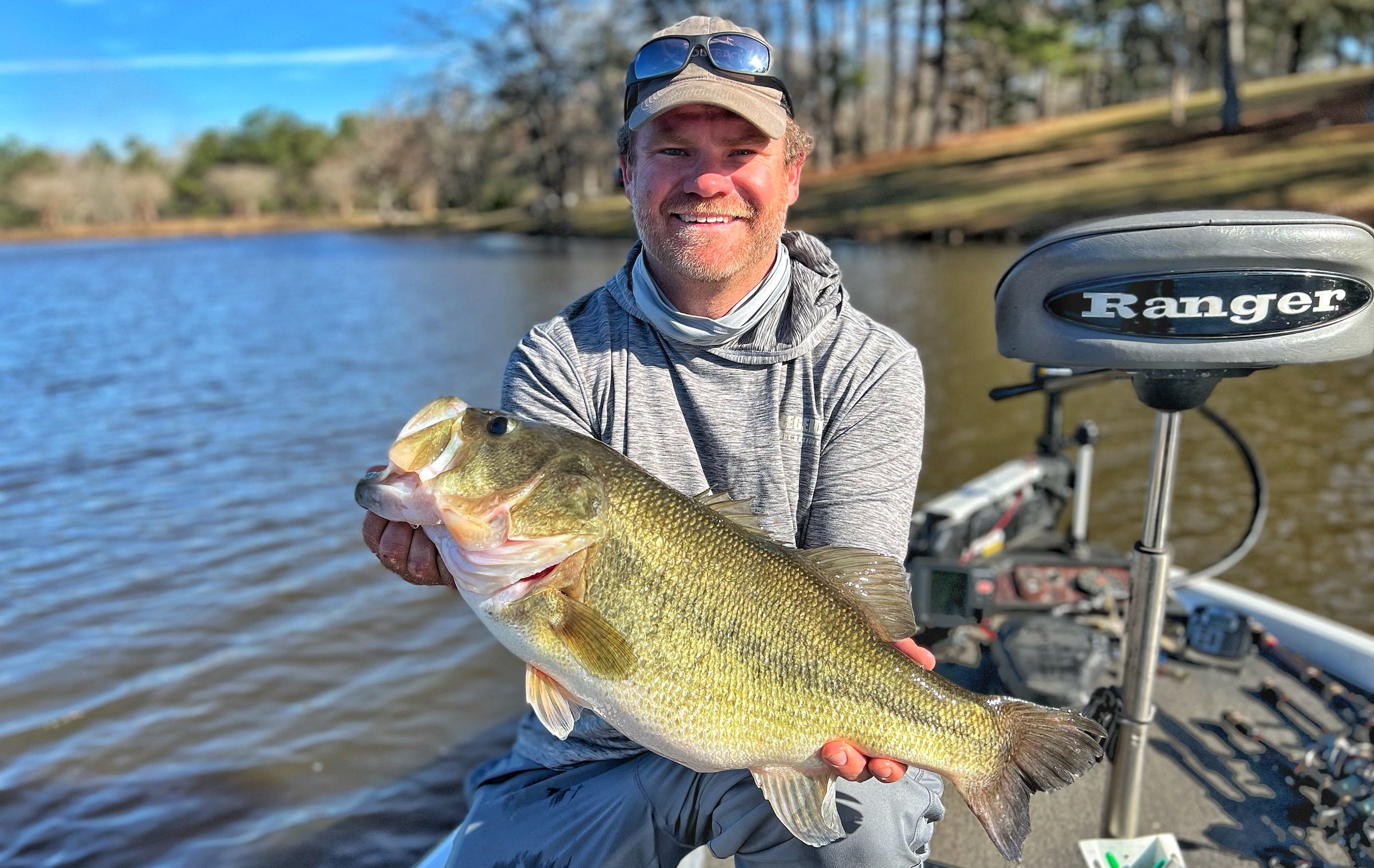
Habitat and Environment
Preferred Habitat
Largemouth bass are known to thrive in a variety of freshwater habitats, with their preferred habitat being warm, quiet waters rich in vegetation, such as lakes, ponds, and slow-moving rivers. They seek shelter in aquatic vegetation, submerged logs, and other structures, which provide hiding spots and ambush points for feeding. An ideal habitat for largemouth bass includes a combination of suitable cover, oxygen-rich water, and ample food sources.
Effects of Environmental Factors
Environmental factors play a crucial role in the well-being and survival of largemouth bass. Water quality is of utmost importance, as high levels of pollution or low oxygen content can be detrimental to their health. Water temperature also affects their metabolism and growth rates, with optimal temperatures ranging between 77 and 86 degrees Fahrenheit. Changes in water temperature and fluctuations in dissolved oxygen can impact the distribution and behavior of these fish, influencing their feeding and reproductive patterns.
Human Impact
Human activities can have both positive and negative impacts on largemouth bass populations and their habitats. Habitat destruction due to urbanization, pollution from industrial or agricultural runoff, and the alteration of water flow can all negatively impact bass populations. However, efforts in habitat restoration, water quality improvement, and conservation initiatives have helped mitigate some of these negative impacts. Additionally, responsible fishing practices and catch-and-release programs contribute to the conservation of largemouth bass populations, ensuring their sustainability for future generations.
Diet and Feeding Habits
Primary Prey
Largemouth bass are voracious predators and have a diverse diet. Their primary prey includes smaller fish such as minnows, shad, and sunfish. They also consume crustaceans such as crayfish, as well as frogs, insects, and even small mammals or birds if they have the opportunity. The availability of these prey species in their habitat greatly influences their feeding habits and overall health.
Feeding Behavior
Largemouth bass have an ambush feeding strategy, relying on their excellent camouflage and bursts of speed to capture their prey. They often lie in wait near cover, such as submerged vegetation or fallen logs, and strike when unsuspecting prey approaches. Big and fast strikes from these fish often result in their prey being swallowed whole. Largemouth bass have a reputation for being opportunistic feeders, adjusting their feeding behavior according to seasonal changes and the availability of food sources.
Impact on Life Span
A nourishing and varied diet is crucial for the overall health and longevity of largemouth bass. A diet rich in quality prey ensures that bass meet their nutritional needs and maintain optimal growth rates. Conversely, limited food availability or a diet consisting of low-quality prey can result in stunted growth, reduced reproductive capabilities, and ultimately shorter life spans. As such, promoting a healthy and diverse ecosystem with abundant prey species is essential for maintaining the longevity of largemouth bass populations.
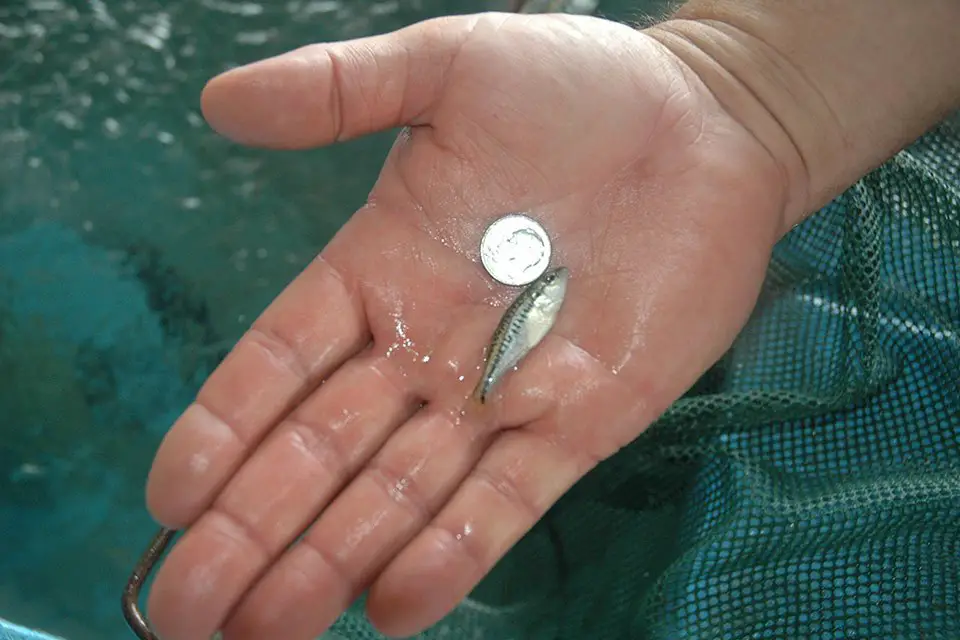
Reproduction and Spawning
Spawning Season
Largemouth bass typically spawn during spring when water temperatures reach optimal levels for egg development. The exact timing of the spawning season can vary depending on the geographical location and local conditions. In warmer regions, such as the Southern United States, bass may start spawning as early as February, while in colder regions, spawning may occur later, typically between April and June.
Courtship and Nest Building
Courtship rituals play a crucial role in largemouth bass reproduction. Male bass create nests by clearing away debris or vegetation using their tails, creating circular depressions on the lake or riverbeds. Female bass are then enticed to lay their eggs in these nests by males, who engage in elaborate courtship displays. These displays often involve vibrant body colors, fin displays, and tail slapping to attract females and establish dominance.
Survival of Fry
After the female bass deposits her eggs, the male takes on the responsibility of guarding the nest. He fans the eggs with his fins to provide them with oxygen and to protect them from predators. This parental care continues even after the eggs hatch, as the male guards the fry until they are strong enough to venture out on their own. Despite this parental care, many fry do not survive to adulthood due to predation, limited food availability, or other environmental factors.
Predators and Threats
Natural Predators
Largemouth bass face predation from various natural predators, including larger predatory fish such as pike, muskellunge, and walleye. Birds such as herons and egrets are also known to prey upon young bass. Additionally, snapping turtles, raccoons, and even other largemouth bass may consume smaller individuals. These natural predators play a role in maintaining balanced ecosystems and regulating bass populations.
Human-Induced Threats
Human activities pose additional threats to largemouth bass populations. Habitat degradation, pollution, and the introduction of non-native species can disrupt the delicate balance of ecosystems and impact bass populations. Additionally, overfishing and illegal practices, such as the use of illegal gear or exceeding bag limits, can contribute to the decline of bass populations. It is crucial for anglers and conservationists to work together to minimize these threats and ensure the long-term sustainability of largemouth bass.
Fishing Impact
Fishing has both positive and negative impacts on largemouth bass. Recreational fishing provides enjoyment for anglers and contributes to local economies through tourism. However, excessive fishing pressure and the removal of large, reproductive individuals can negatively impact bass populations. That is why responsible fishing practices, such as catch-and-release, selective harvest, and adhering to size and bag limits, are crucial for maintaining the health and abundance of largemouth bass populations.
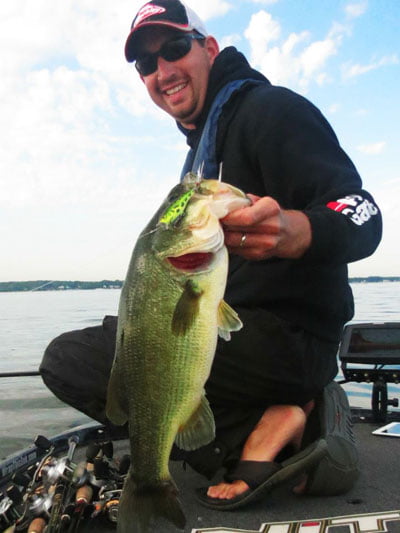
Fishery Management
Conservation Measures
Conservation measures are essential for the sustainable management of largemouth bass populations. These measures include the protection and restoration of critical habitats, such as wetlands and spawning areas. By safeguarding these habitats, populations can thrive and maintain healthy reproductive rates. Conservation initiatives may also involve the establishment of protected areas or the implementation of regulations to protect bass during critical life stages, such as the spawning season.
Size and Bag Limits
Fishery management agencies often enforce size and bag limits to regulate the harvest of largemouth bass. These limits are designed to ensure that individuals of reproductive age have the opportunity to reproduce and contribute to the stability of the population. By adhering to these limits, anglers can help promote long-term sustainability and enhance their fishing experience by ensuring the abundance of bass in their favorite fishing spots.
Stocking and Habitat Restoration
In some cases, fishery management agencies may implement stocking programs to supplement natural largemouth bass populations. Stocking involves releasing hatchery-raised bass into suitable habitats to enhance the population size or genetic diversity. Habitat restoration initiatives, such as the improvement of water quality and the creation of habitat structures, can also support bass populations and provide them with suitable conditions for feeding, spawning, and survival.
Fish Identification
Physical Characteristics
Largemouth bass can be easily identified by several key physical characteristics. Their most distinguishing feature is their large mouth, which extends past the back of the eye. They have a deep, elongated body with a dark green color on their upper sides and back, fading to lighter shades on the belly. A distinctive black stripe, known as a lateral line, runs horizontally along their body. Additionally, largemouth bass have a series of dark, vertical bars or blotches along their sides, which can vary in intensity depending on their environment.
Similar Species
While largemouth bass have unique characteristics, they can be confused with other species, particularly smallmouth bass and spotted bass. Smallmouth bass have a similar shape but can be differentiated by their smaller mouth that does not extend beyond the eye and the presence of vertical bars that are evenly spaced along their body. Spotted bass, on the other hand, closely resemble largemouth bass but can be distinguished by their smaller mouth and a distinct row of dark spots along their lower sides.
Range and Distribution
Largemouth bass are native to North America and can be found throughout the continent, from Canada down to Mexico. They have been introduced to various regions around the world, including Europe, Asia, and Africa. Within their native range, they occupy a variety of freshwater habitats, adapting to different water conditions and climates. Understanding the range and distribution of largemouth bass is important for anglers and conservationists alike, as it helps inform management decisions and supports the protection of their natural habitats.
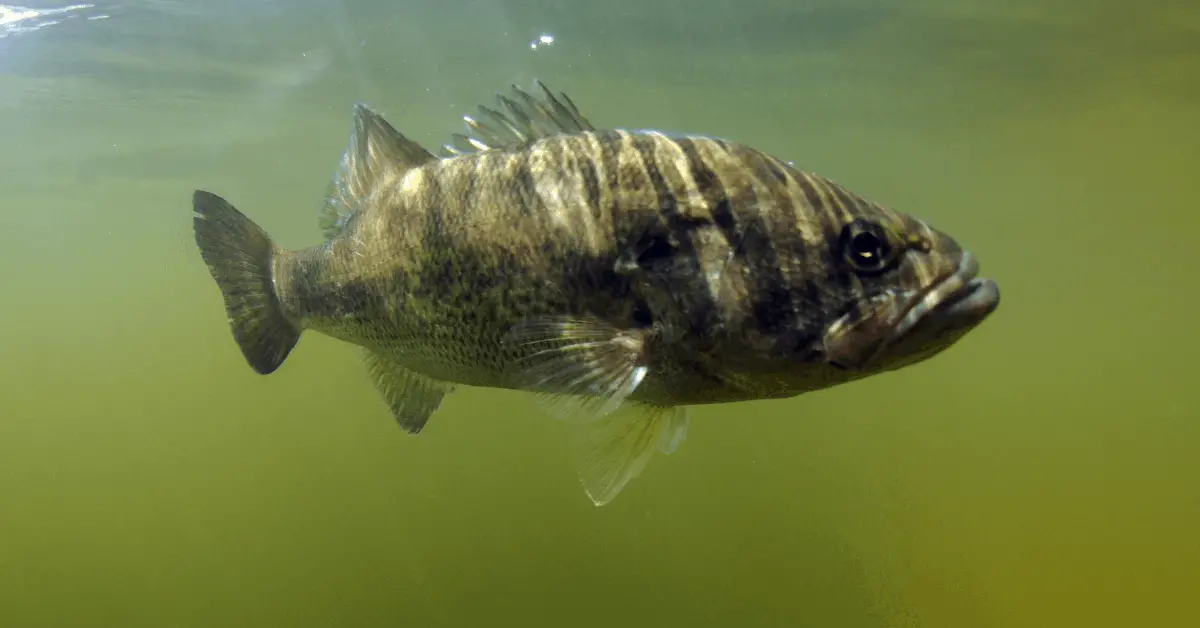
Popular Fishing Techniques
Lures and Baits
There are numerous lures and baits that anglers can use to target largemouth bass. Some popular choices include plastic worms, spinnerbaits, crankbaits, jigs, and topwater lures. Each type of lure or bait is designed to imitate the movement and appearance of a specific prey species, enticing the bass to strike. Different techniques, such as flipping and pitching, casting and retrieving, or using finesse presentations, can be employed to effectively target largemouth bass in various fishing conditions.
Best Time to Fish
While largemouth bass can be caught year-round, certain times offer optimal conditions for successful fishing. Early morning and late afternoon are often prime feeding times for largemouth bass, as they are more active during these periods. Additionally, seasonal variations can affect their behavior, with pre-spawn and post-spawn periods, as well as the periods around sunrise and sunset, being particularly productive. Understanding the habits and patterns of largemouth bass can help anglers maximize their chances of a successful fishing trip.
Topwater vs. Deepwater
Different fishing techniques can be employed depending on the water depth and the behavior of the bass. Topwater fishing involves using lures or baits that stay on the water’s surface, imitating prey species such as frogs or insects. This technique is particularly effective in shallow or weedy areas where largemouth bass are likely to strike at prey near the surface. Deepwater fishing, on the other hand, involves targeting bass in deeper areas using lures or baits that sink or dive to specific depths. This technique is often used when bass are holding deeper or searching for prey in deeper water columns.
Tips for Catch-and-Release
Proper Handling
When practicing catch-and-release, it is essential to handle largemouth bass with care to minimize stress and maximize their chances of survival. It is recommended to use wet hands or a rubberized landing net to handle the fish gently. Avoid squeezing or gripping the fish too tightly, as this can cause internal injuries or harm their delicate scales. Keeping the fish in the water as much as possible, especially during unhooking and photographing, can help prevent unnecessary stress and improve their chances of a healthy release.
Reviving Exhausted Fish
After a vigorous fight, largemouth bass may become exhausted and require additional care before being released back into the water. To revive these fish, hold them gently by their lower jaw and move them back and forth in a figure-eight motion, allowing water to flow through their gills. This motion helps replenish their oxygen levels and revive them before they swim away. Taking the time to ensure that bass are fully revived before release is essential for their survival and overall well-being.
Tagging Programs
Tagging programs provide valuable information about the movement, growth, and behavior of largemouth bass populations. These programs involve attaching small tags to fish, often near their dorsal fin, which contain unique identification codes. Anglers who catch tagged bass are encouraged to report their findings to the appropriate agencies or organizations. This information helps researchers and fisheries managers gain insights into bass populations, migration patterns, and the effectiveness of conservation measures. Participating in tagging programs is a great way for anglers to contribute to the scientific understanding and conservation efforts surrounding largemouth bass.
